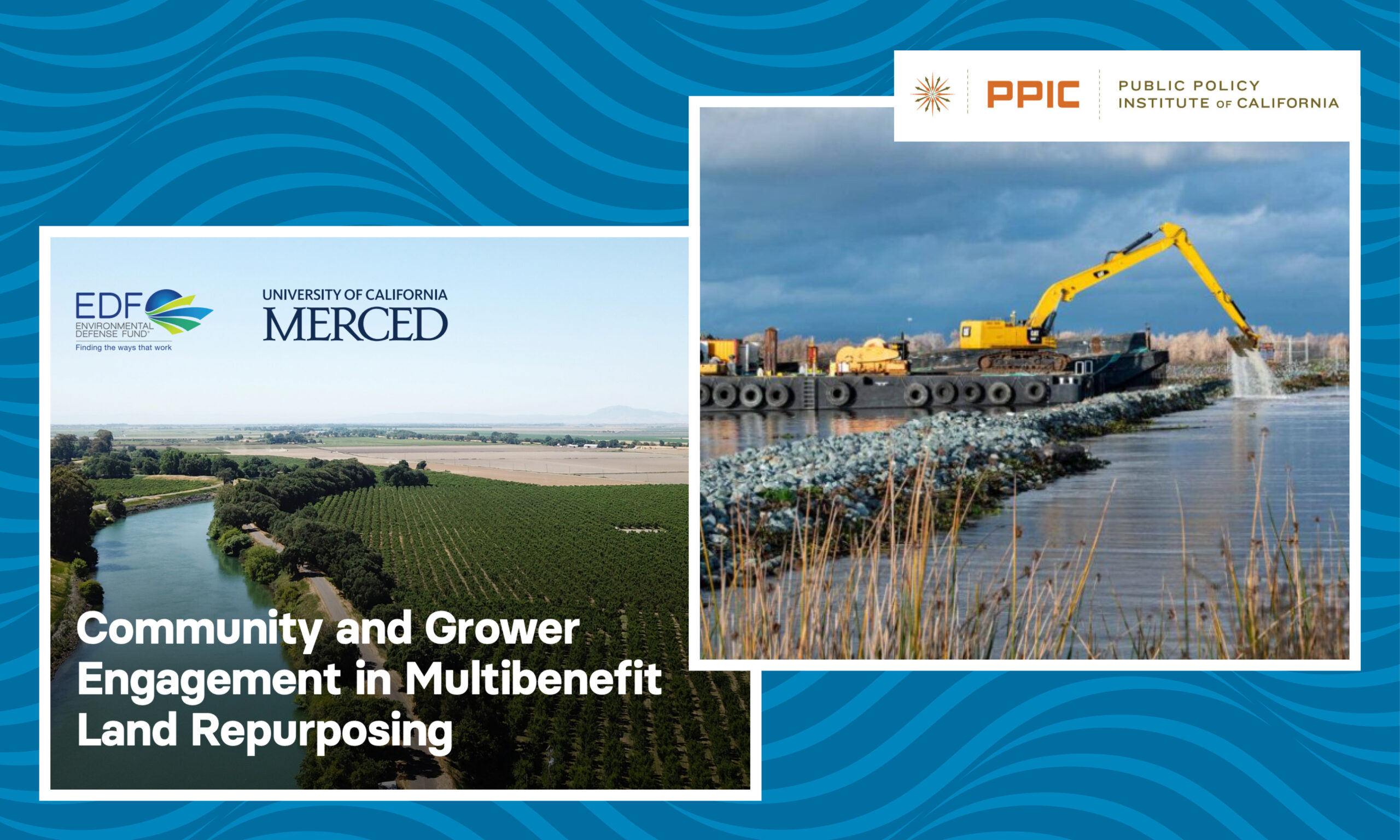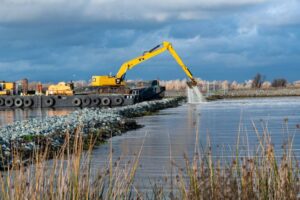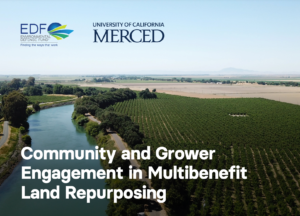
We’re taking a moment this month to spotlight two fantastic publications from partner organizations that arm us with critical strategies, data, and visions for a more sustainable water future in California.
Tracking Where Water Goes in a Changing Sacramento-San Joaquin Delta

The Public Policy Institute of California’s Tracking Where Water Goes in a Changing Sacramento-San Joaquin Delta policy brief is an update to their 2017 Delta accounting study, with a half-decade of new insights into recent dry and wet years to expand their lens upstream, unpack shifting climate trends and regulatory effects, and recommend improvements for accounting and management.
From the brief’s introduction to set context for why the Delta is so important to water management in California: “The Sacramento–San Joaquin Delta lies at the confluence of two of the state’s largest rivers and at the head of the San Francisco Estuary. Forty percent of California’s runoff comes from the Delta watershed. It supplies water to roughly 30 million residents and more than 6 million acres of farmland upstream of and within the Delta, as well as in other watersheds including the Bay Area, the southern San Joaquin Valley, the Central Coast, and Southern California.”
The brief adds important context to Sustainable Conservation’s work to capture more water in wet years for dry times ahead. Download the brief here.
Community and Grower Engagement in Multibenefit Land Repurposing

Environmental Defense Fund (EDF) and Vicky Espinoza, a University of California Merced Ph.D. candidate, recently published Community and Grower Engagement in Multibenefit Land Repurposing, a guide designed to outline “best practices for meaningfully engaging community members and small-scale growers in land repurposing plans and projects.”
California’s first-of-its-kind Multibenefit Land Repurposing Program aims to build community and small-farm engagement by requiring it as part of any project funded by the program. The program is designed to provide block grants and incentivize landowners to repurpose portions of their farmland that cannot be irrigated any longer because of groundwater conservation.
As more land comes out of production, what we do with it matters for farmers, communities, and the environment. Download the guide here, and check out Espinoza’s trilingual YouTube resources channel.
